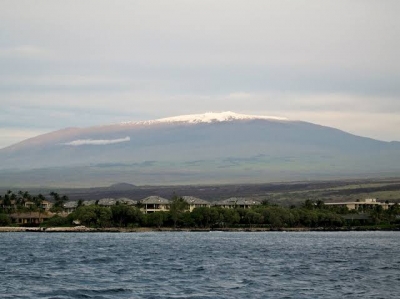
Mountains formed by volcanic activity under the seabed and submerged under the sea are called seamounts. The Earth’s oceans have more than 14,500 identified seamounts that cover an area of more than 85 lakh sq. kilometres.
If you are fooled into thinking that these mountains serve no purpose, you would be wrong. Scientists have discovered that seamounts are wildlife hotspots. Because of their abundance, they form one of the most important marine ecosystems in the world. Interactions between seamounts and underwater currents attract a variety of wildlife. The steep slopes of the seamounts carry nutrients upwards from the depths of the seafloor towards the surface, providing food for sea creatures.
Seamounts also provide support for corals and sponges to grow. Whales, dolphins and sharks rely on seamounts to feed and rest during migrations. They have an effect on ocean currents and tides as well.
The mid-Atlantic ridge, which forms the longest chain of undersea mountains, is made of abundant seamounts. Scientists are able to locate undersea mountains with the help of an echo sounder. This is a device that measures the depth of the seabed by calculating the time taken for the echo to return to the listener. Such studies provide important insights into what causes earthquakes and improves our preparedness in case of a disaster.
Picture Credit : Google




